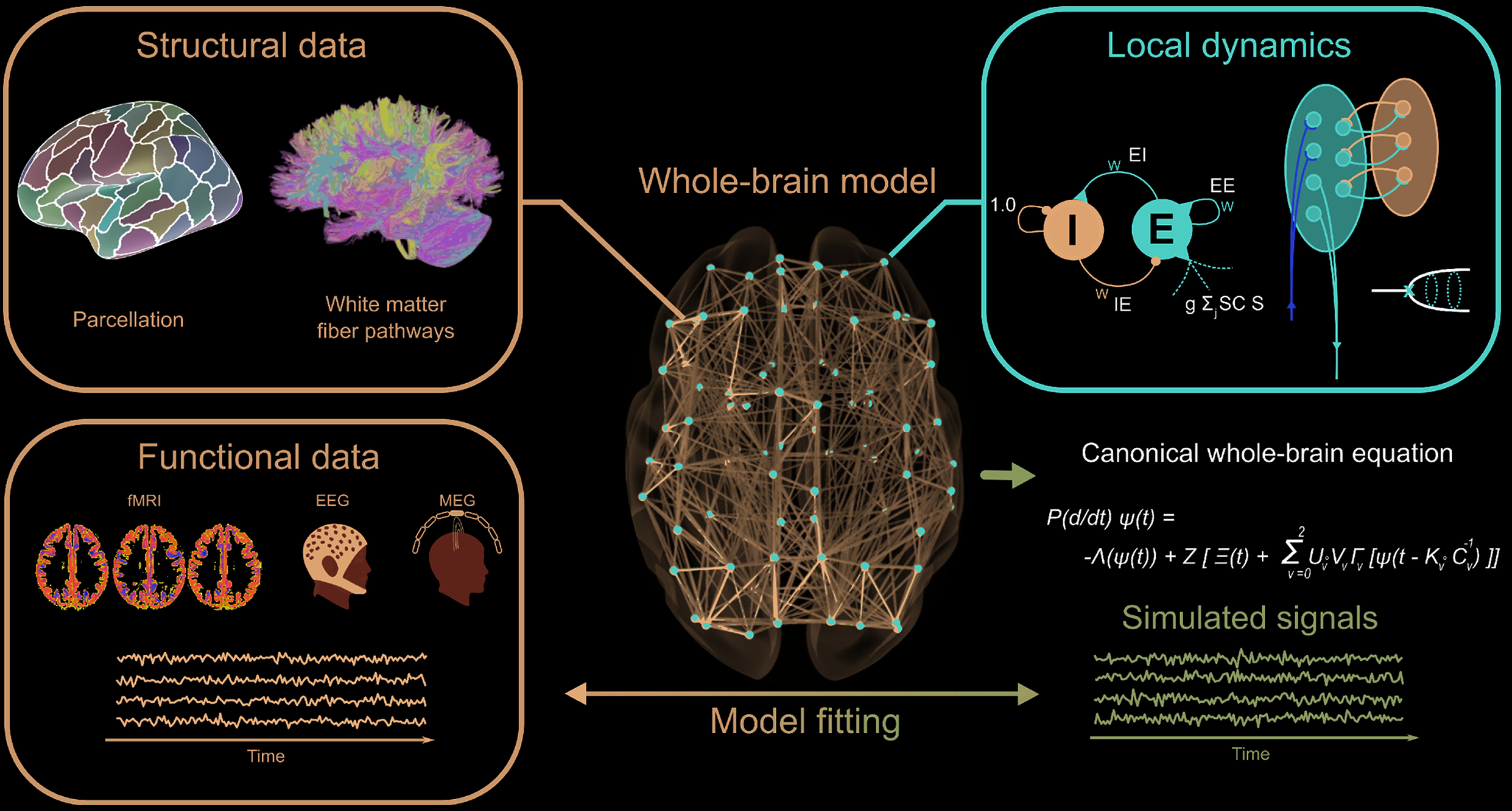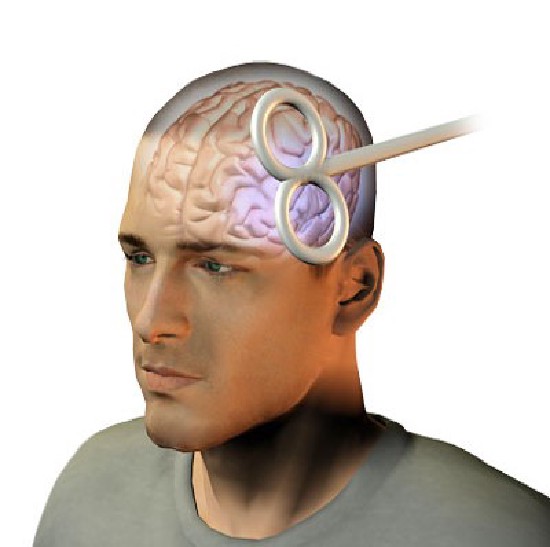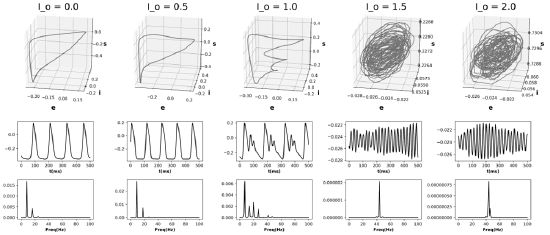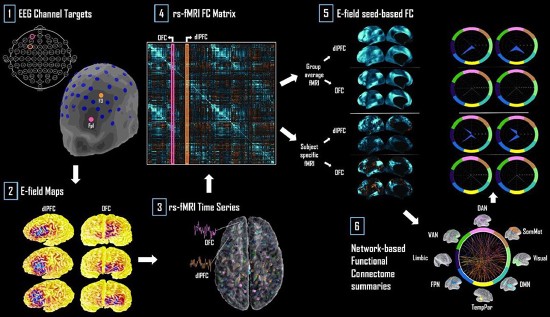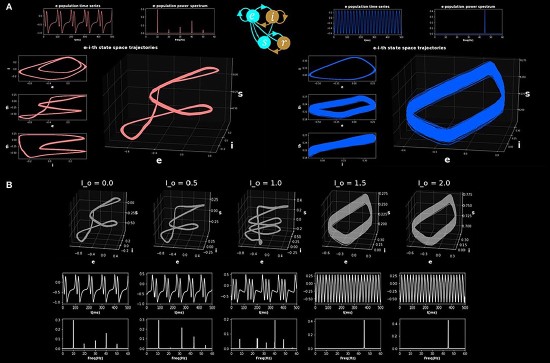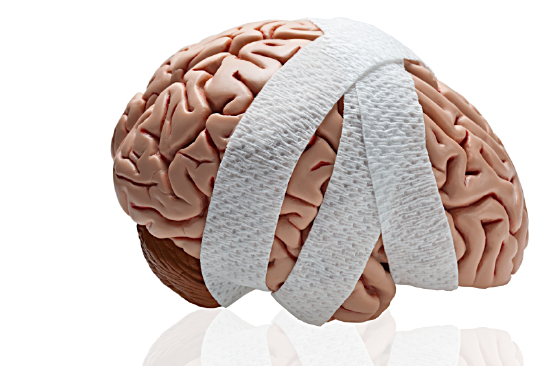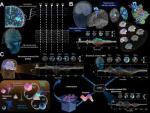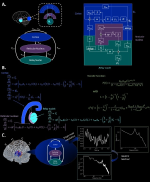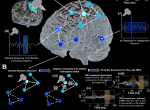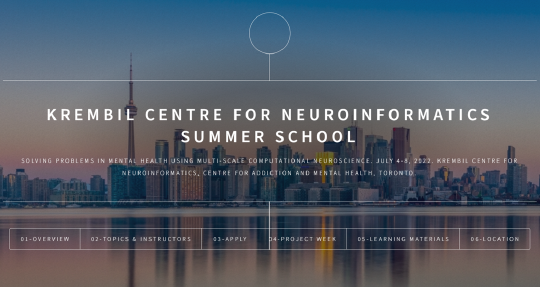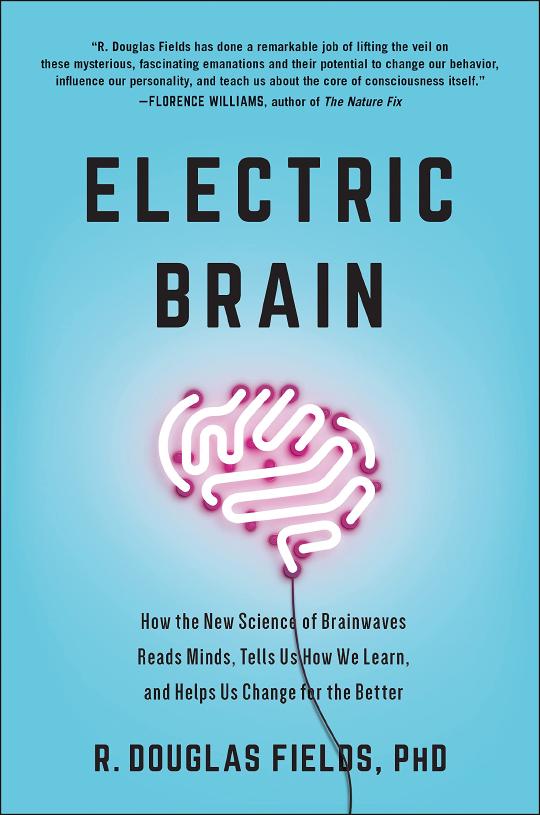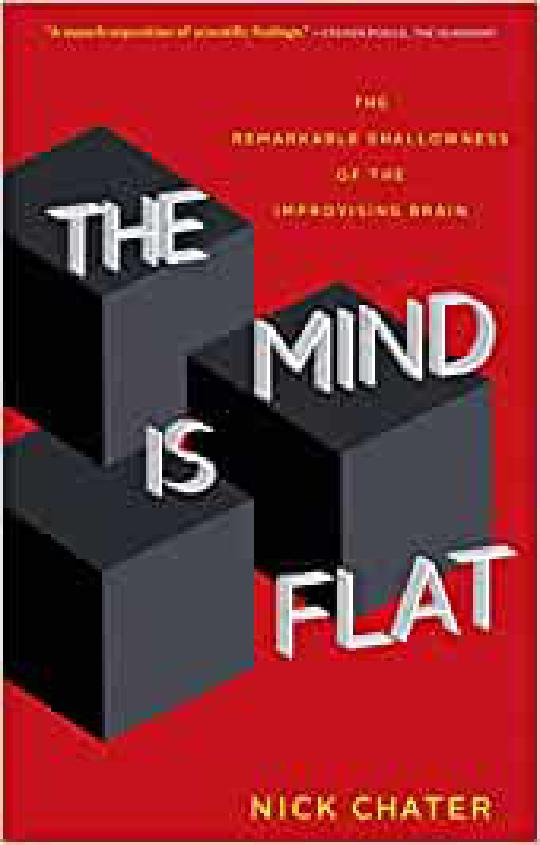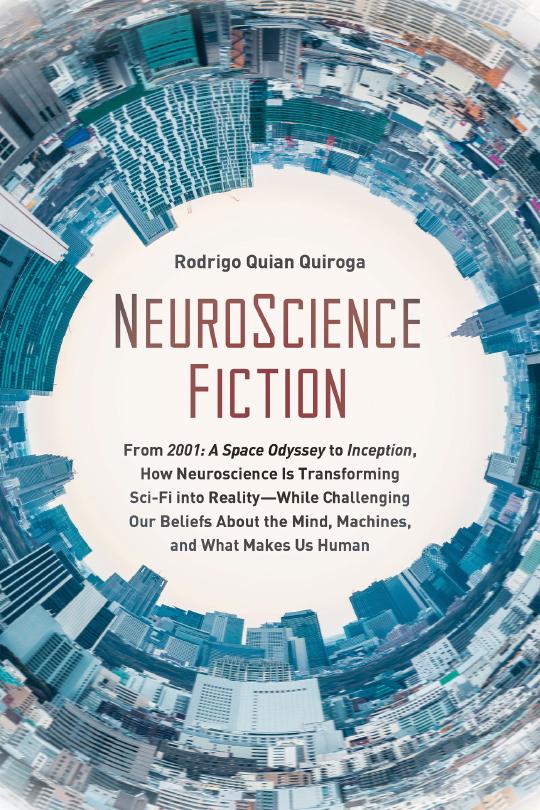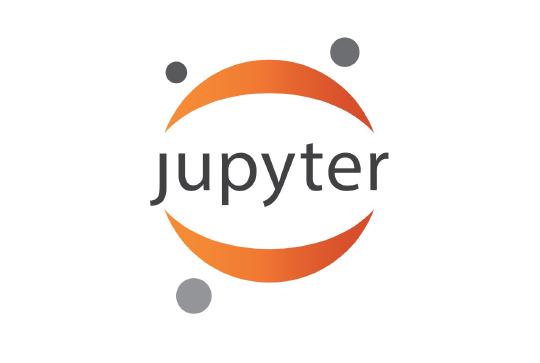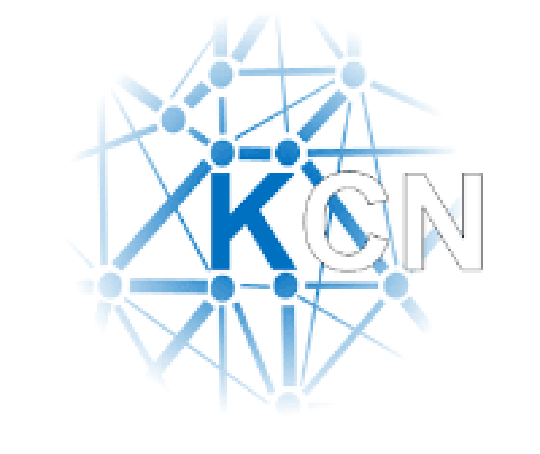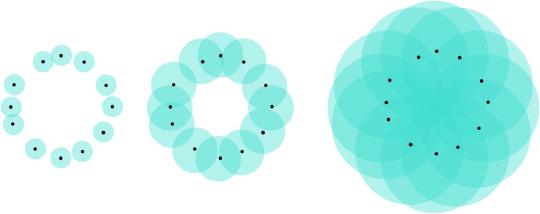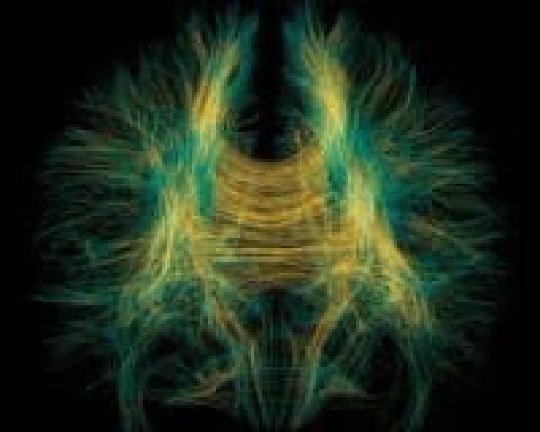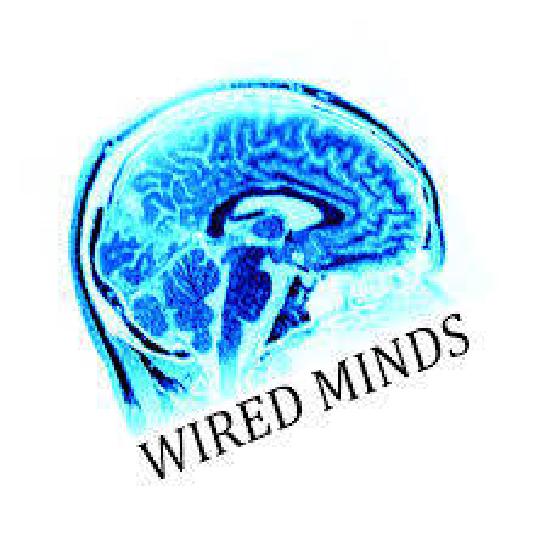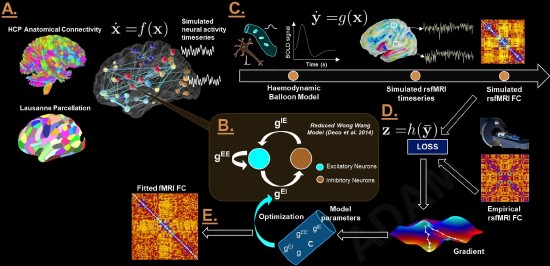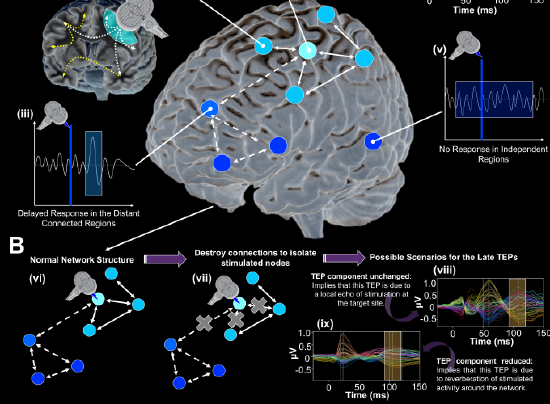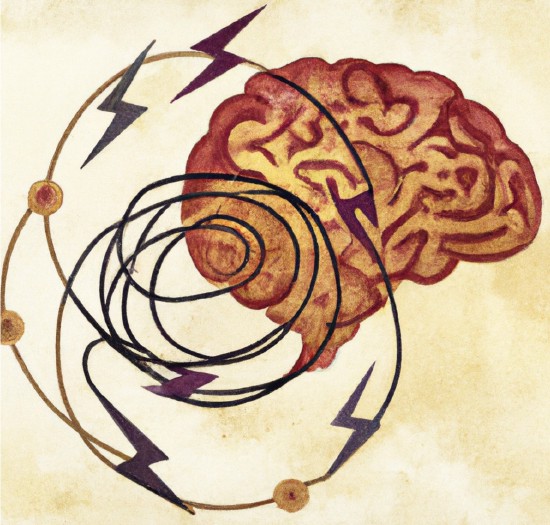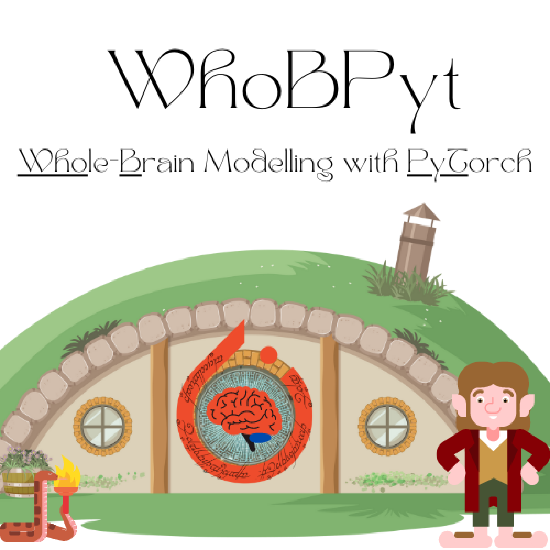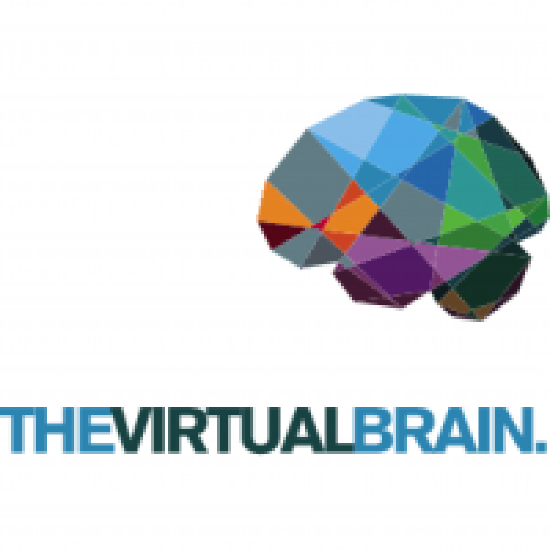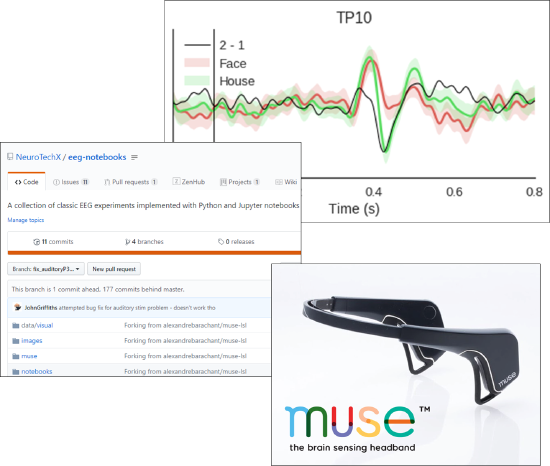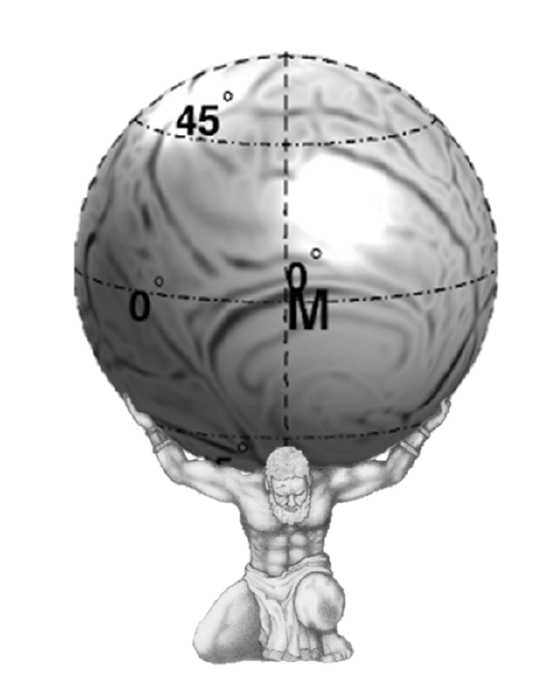Building patient-personalized brain simulations to improve interpretation of neuroimaging and neurostimulation data
Neuroscience as a field is very good at measuring things and poking things. It has an impressive armoury of experimental techniques using electricity, light, acoustics, biochemistry, and more to measure and modulate neural activity in everything from a blob of cells on a dish to a conscious human in a surgical theatre or an MRI scanner.
What neuroscience is less good at, for the most part, is theory; i.e. understanding the sources of the patterns we see in our measurements, and what is actually happening in the brain when we poke it with electrical stimulation and the like. The sub-field that deals with developing theoretical mechanistic understanding of brain processes is known as computational neuroscience. It does this by building mathematical models that allow us to simulate and study brain activity “in-silico”.
In our research we bring the tools of computational neuroscience to the domains of neuroimaging and brain stimulation. The paradigm we use for this, whole-brain modelling, blends elements from neurophysiology, cognitive neuroscience, neuroanatomy, connectomics, complex networks, dynamical systems, machine learning, and biophysics.
We combine whole-brain computational modelling of network dynamics, oscillations, plasticity, and cognitive function with experimental and data analytic work across multiple neuroimaging and neurostimulation modalities (EEG, MEG, s/d/fMRI, fNIRS, TMS, TES). This unique theoretical-experimental approach is applied to questions on both basic principles of brain organization, as well as how it is affected in neuropsychiatric and neurological disease.
